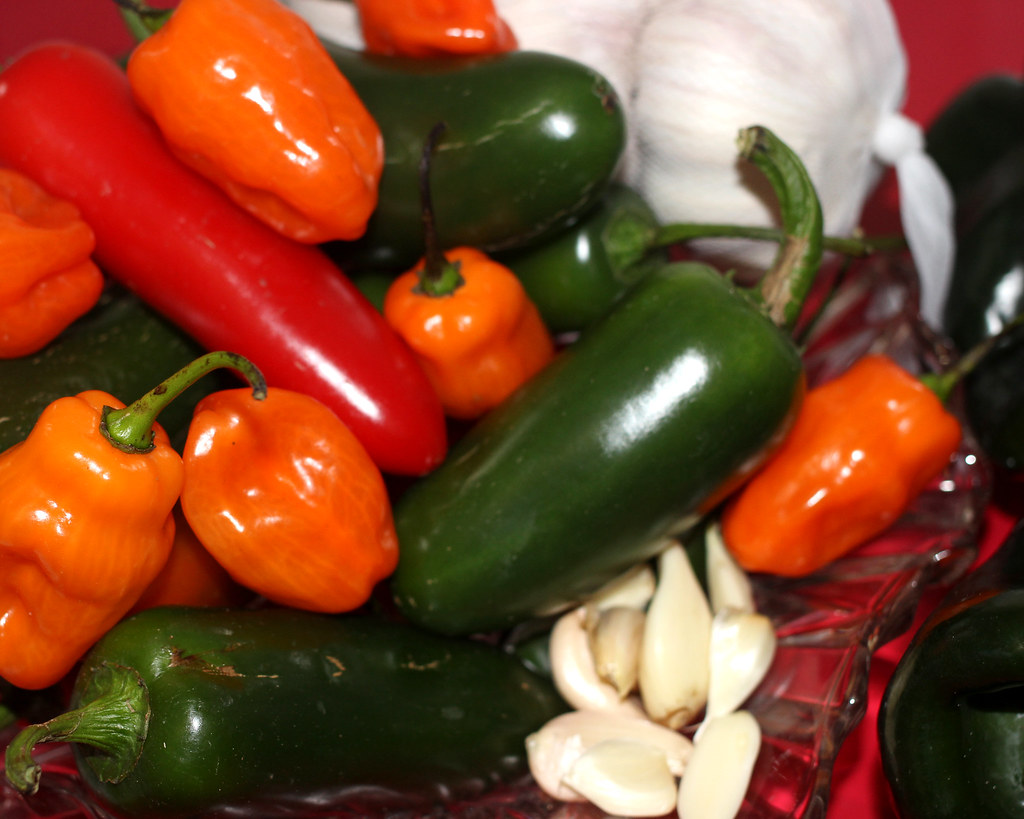In Zone 8b of Florida, which experiences average winter temperatures of 15 to 20 degrees Fahrenheit (-9 to -7 degrees Celsius), you have a wide range of vegetables that you can grow on your patio. Here are some vegetables that are well-suited for patio gardening in Zone 8b and your Florida patio garden:
- Leafy Greens: Varieties like lettuce, spinach, kale, and Swiss chard can be grown successfully. They prefer cooler temperatures and can be grown in containers or raised beds.
- Herbs: Many herbs thrive in Zone 8b. You can grow basil, parsley, cilantro, rosemary, thyme, mint, and oregano on your patio. They are usually compact and make excellent container plants.
- Tomatoes: Dwarf or determinate varieties of tomatoes are suitable for patio gardening. Look for varieties like ‘Patio’, ‘Tiny Tim’, or ‘Bush Early Girl’ that are specifically bred for small spaces and can tolerate container cultivation.
- Peppers: Bell peppers and chili peppers can be grown in containers on your patio. Choose varieties like ‘Sweet Banana’, ‘Pimento’, or ‘Jalapeno’ that are suited for container gardening and can handle the zone’s temperatures.

Florida Peppers for Patio Gardening - Beans: Bush beans, such as ‘Provider’ or ‘Bush Blue Lake’, can be grown in containers. They don’t require much vertical space and produce well in small gardens.
- Radishes: Radishes are fast-growing vegetables that can be sown directly in containers. Varieties like ‘Cherry Belle’ or ‘French Breakfast’ are popular choices.
- Carrots: Shorter varieties of carrots, such as ‘Thumbelina’ or ‘Parisian’, are ideal for patio gardens. Choose containers with deeper soil to accommodate their root growth.
- Cucumbers: Compact or bush cucumber varieties, like ‘Bush Slicer’ or ‘Patio Snacker’, are suitable for containers. Provide trellises or cages for them to climb if space allows.
- Scallions: Scallions, or green onions, are quick-growing and can be harvested multiple times. They can be grown in small pots or grouped together in larger containers.
Remember to consider the available sunlight, proper watering, and suitable container sizes for each vegetable. It’s also beneficial to check specific plant care instructions and recommended planting dates for your chosen varieties.
